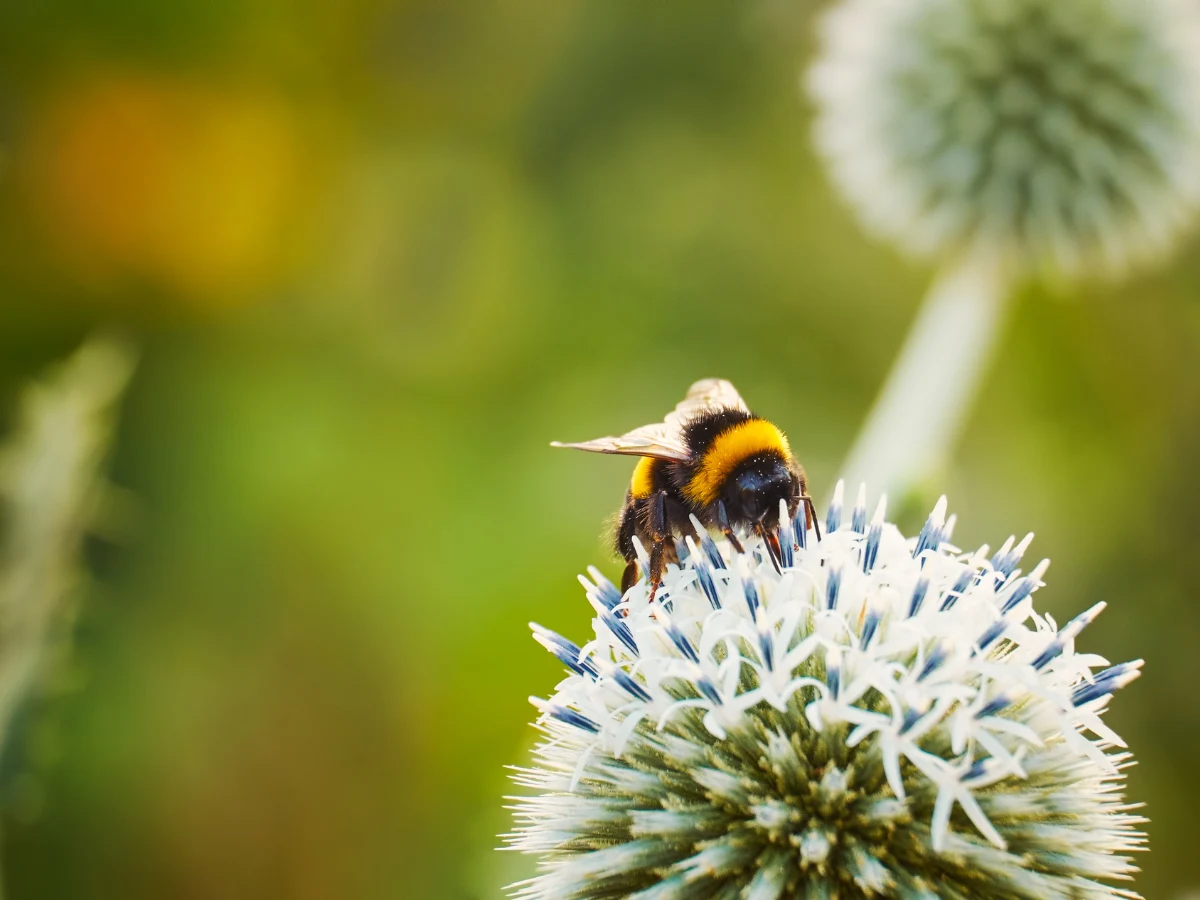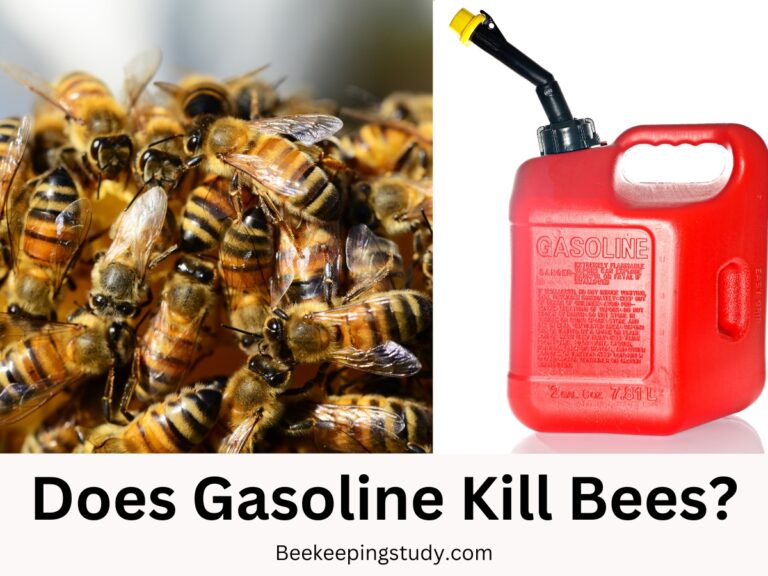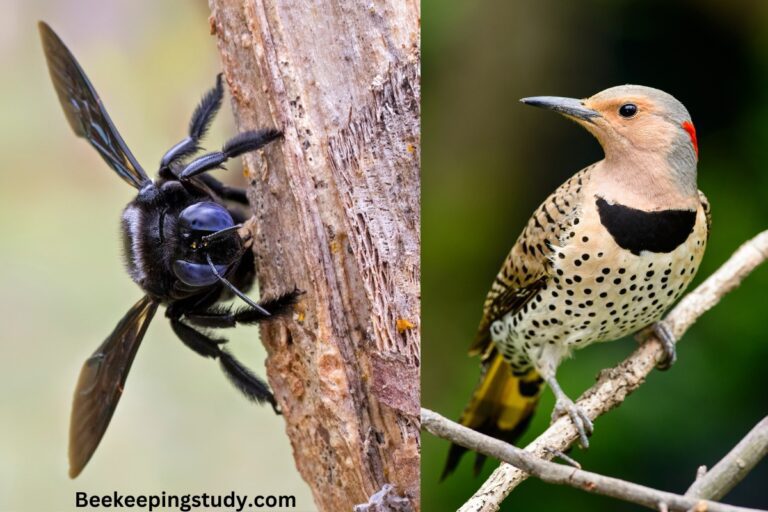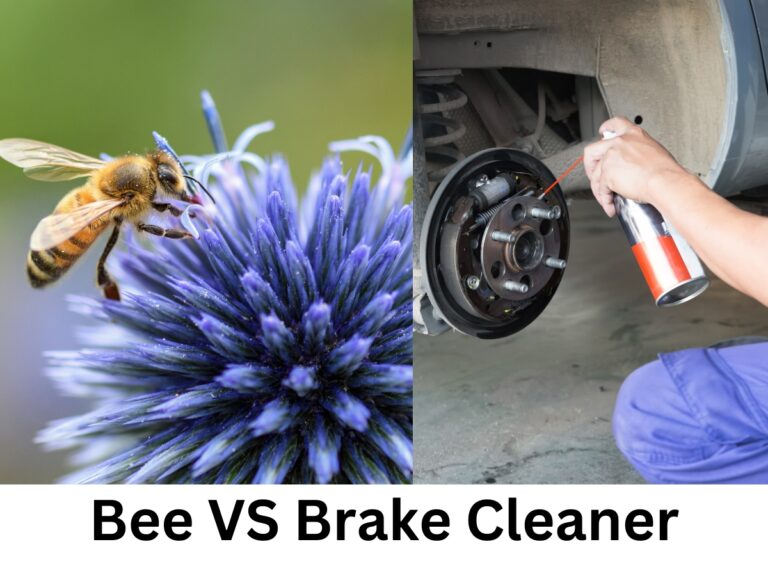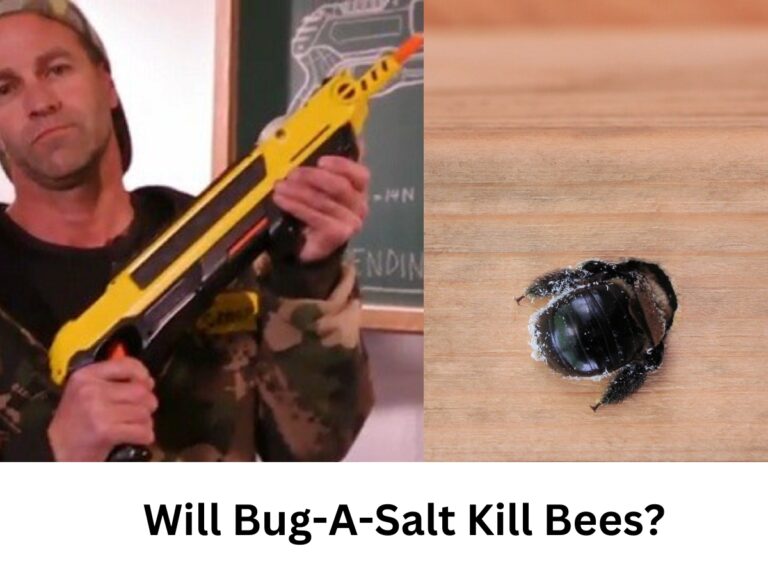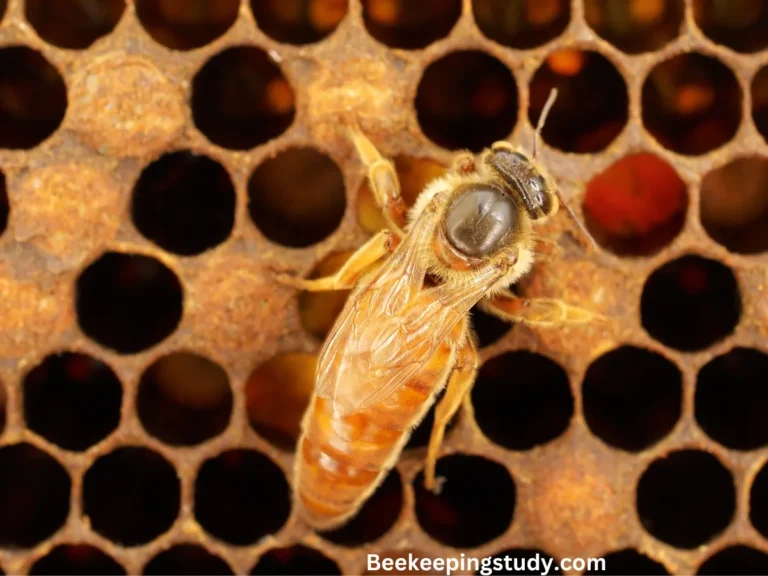This post might be created with help from AI tools and carefully reviewed by a human (Anthor Kumar Das). For more on how we use AI on this site, check out our Editorial Policy.
Do Bumble Bees Make Honey? – Yes But?
When you think of bees and honey, what comes to your mind? Honeybees right? But what about bumble bees? Do they make honey too?
In this blog post, I will explore the question “Do bumble bees make honey?” and provide insight into the fascinating world of these important pollinators.
Bumble Bees(Basic Understanding)
Bumble bees belong to the genus Bombus and are known for their large, fuzzy bodies and distinctive black and yellow stripes.
Unlike honeybees, bumble bees are social insects that live in smaller colonies. Each bumble bee colony usually consists of 50 to 500 bees.
Not only honey bees ground bees are also excellent pollinators. Bumble bees are one of the major contributing pollinators among ground bees.
They are crucial pollinators, playing a significant role in the ecosystem by helping plants reproduce. There are plenty of flower and fruit plants that depend on ground bee pollination.
Bumble Bee Colonies
Bumble bee colonies are established by a single queen who emerges in the spring after hibernation. She finds a suitable nesting site, often underground or in abandoned rodent burrows, and begins laying eggs.
These eggs hatch into worker bees that take over the tasks of foraging and caring for the young while the queen continues to lay eggs.
The colony expands to up to 500 members. Then they leave their old location and emerge to a new location for building other new colonies.
Do Bumble Bees Make Honey?
Now, let’s address the main question: do bumble bees make honey? The answer is yes, but not in the same way or quantity as honeybees.
Honey bees produce an excess amount of honey. But bumble bees do not follow the same mechanism. They have different processes for making honey.
There are over 20,000 bee species discovered. However, not all bees are capable of making honey. Honey bees are bumble bees only capable of producing honey.
The Honey-Making Process of Bumble Bees
Like honeybees, bumble bees collect nectar from flowers. However, they do not produce large quantities of honey.
Bumble bees store nectar in their nests to feed their colony, but this nectar is used relatively quickly. They do not build large honeycombs or store honey for the winter as honeybees do.
Honey Bees also convert pollen and nectar into honey through several steps. But bumble bees don’t go through those steps.
They only store nectar collected from flowers. This is why some people say bumble bees make milk, not honey.
Reasons for Limited Honey Production
The limited honey production by bumble bees is due to their life cycle and colony structure. Bumble bee colonies do not survive the winter.
Only the queen hibernates and starts a new colony in the spring. During winter the queen hibernates.
The process is similar to carpenter bee hibernation during winter. In every spring queen bees, who are alive start new colonies in different locations.
This cycle means there is no need to store large quantities of honey to sustain the colony through the winter months. They even do not produce royal jelly as honey bees do.
The Role of Bumble Bees in Pollination
While bumble bees do not produce significant amounts of honey, their role as pollinators is invaluable.
They are particularly effective at pollinating certain crops and wildflowers due to their ability to buzz pollinate.
This process involves the bee vibrating its body to release pollen from flowers, which is especially important for plants like tomatoes, blueberries, and similar kinds of plants.
Their dancing is a little different than honey bees waggle dance. They can produce buzz while vibrating their body. Just like dancing with singing.
Bumble Bee Behavior and Pollination
Bumble bees are more robust than honeybees and can fly in cooler temperatures and lower light conditions.
This ability allows them to pollinate plants in climates and seasons when honeybees are less active.
Do you know some bees can see in the dark? Bumble bees are one of them. This is why they can pollinate in the late evening too.
Their large size also enables them to carry more pollen, further enhancing their effectiveness as pollinators.
Conservation of Bumble Bees
Given their crucial role in pollination, conserving bumble bee populations is essential.
Experts have noticed a decline in bumble bee numbers worldwide recently. There are some major factors that threaten their survival such as:
- Habitat loss
- Pesticide use
- Climate change
Efforts to protect and restore bumble bee habitats are vital for maintaining healthy ecosystems and ensuring the continued pollination of many plants.
How You Can Help
I am helping bumble bees by creating nest sites in my garden. You should try to help them too.
Individuals can contribute to bumble bee conservation by many ways. Here are some ideas:
- Planting native flowers
- Avoiding pesticide use
- Providing nesting sites
The best way is by creating a bee-friendly garden with a variety of flowering plants. Especially that bloom throughout the season can offer bumble bees a reliable food source.
You can use the same method as I shared on how to attract ground bees article.
Comparing Bumble Bees and Honeybees
While both bumble bees and honeybees are important pollinators, they have some key differences. Understanding these differences can help us appreciate the unique contributions of each species.
I have already discussed the wasp vs honey bee vs bumble bee comparison. So, here I am giving you a brief comparison of bumble bees vs honeybees.
| Honey Bees | Bumble Bees |
|---|---|
| Honeybees live in large, perennial colonies with thousands of individuals. | bumble bees live in smaller, annual colonies, and their nests are less organized. |
| They build honeycombs. | Bumble bees do not build honeycombs. |
| Honey bees produce excess honey and store it for winter. | Bumble bees make only small amounts of honey, and use it immediately to feed their colony. |
| Honeybees are also excellent pollinators but are more sensitive to environmental conditions. | Particularly effective at pollinating certain plants due to their size and buzz pollination ability. |
Conclusion about The Fact Do Bumble Bees Make Honey?
So, do bumble bees make honey? Yes, but only in small quantities for immediate use by their colony. Unlike honeybees, bumble bees do not store large amounts of honey or build extensive honeycombs.
Their primary contribution lies in their exceptional pollination skills, which are vital for many plants and crops.
Understanding the differences between bumble bees and honeybees highlights the unique roles each plays in our ecosystem.
By supporting bumble bee conservation efforts, we can ensure the health and diversity of our natural world. Your small effort of helping bees conservation will heal the health of the world.

